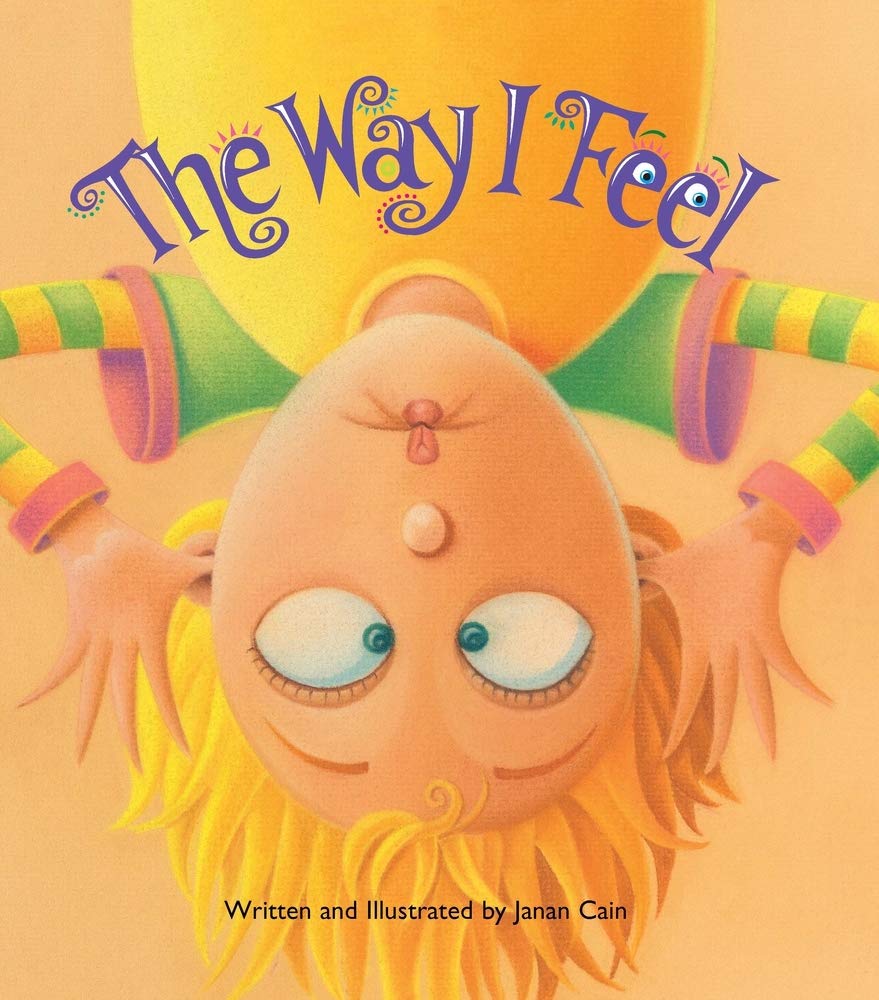Playing to grow: The evolution of play stage by stage
Childhood growth is magical, and it’s not just about physical and cognitive changes. It’s also about how kids play and interact with the world. Watching children at play, we see a reflection of their growth and stages of development. It’s amazing to witness the evolution of their play, from the simplest actions to intricate make-believe. These changes aren’t just random; they reveal a deep connection between play and childhood development. This bond between growth and play provides insights into how children understand their world, connect with others, and shape their identity.
Jean Piaget, a leading figure from Switzerland in the fields of psychology and education, gave us profound insights into child development. His detailed research revealed that as children grow, they don’t just physically change. They also experience major shifts in thinking, perception, social interaction, and play. According to Piaget, this transformation happens in distinct stages. In each stage, the way children play provides more than entertainment; it offers a window into their development and how they relate to their environment.
PIAGET’S STAGES OF PLAY DEVELOPMENT:
1. Sensorimotor Stage (0-2 years): Functional or Exercise Play
During this phase, children are primarily engaged in what we call functional or exercise play. The world becomes a vast playground, with every corner and object seen as a chance to learn. Through exploration and repetitive actions, kids begin to understand their body’s capabilities and limitations, as well as the basic properties of the objects around them. Simple actions like grabbing, dropping, hitting, or sucking are all part of their learning journey, laying the groundwork for more complex skills down the line.
2. Preoperational Stage (2-6 years): Symbolic Play.
This stage signifies a notable leap in a child’s cognitive abilities. Symbolic play takes center stage, turning everyday reality into a realm where anything is imaginable. Kids don’t just play with objects; they assign roles, personalities, and functions to them, showcasing their boundless imagination. A stick becomes a sword, a box transforms into a fortress, and a blanket turns into a raging sea. Through symbolic play, children practice social roles, grasp abstract concepts, and process emotions, all while weaving and reweaving narratives in their minds.
3. Concrete Operational Stage (6-12 years): Rule-Based Play
At this stage, kids begin to exhibit more structure and organization in their play. The emergence of defined rules and the need to stick to them becomes a major characteristic. It’s not just about imagination anymore; it’s also about reasoning, planning, and collaborating with others. Board games, organized sports, and group activities that require coordination and strategy become the norm. Through these rule-based games, children hone vital skills in logic, problem-solving, and teamwork, gearing up to tackle more complex challenges in their teenage years and beyond.
4. Formal Operational Stage (12 years onwards): Advanced Rule-Based Play and Abstract Logic
During this period, children’s cognitive abilities further evolve, enabling them to tackle abstract concepts and reflect on thought itself. This capacity to “think about thinking” allows them to deliberately analyze and manipulate mental constructs and to employ hypothetical-deductive reasoning. As they progress in this stage, games become more intricate, demanding the application of logic, detailed analysis, and strategy. Group games with complex rules rise in popularity, and parents often find themselves taken aback by their child’s ability to argue from a logical and structured perspective. While earlier play modes, such as functional, symbolic, and constructional, remain in play, they now manifest in a more sophisticated manner, mirroring the child’s transition to adolescence and their deepening understanding of the world and themselves.
5. Construction Play (enhances and builds upon previous stages):
Alongside the stages he outlined, Piaget emphasized the emergence of construction play, beginning around a child’s first year. This type of play evolves in tandem with the stages described earlier, enhancing and amplifying them. Construction play weaves into and complements the dominant forms of play at each developmental stage. For instance, during the symbolic play stage, a child might use their constructions to set the stage for their imaginative tales. Or, in the rule-based play stage, they could integrate rules and logic into their building activities, showcasing a deeper understanding of structures and relationships.
A crucial to note:
Continuity and Evolution: In the world of children’s play, the appearance of new play forms doesn’t eliminate or push aside previous ones. Instead, there’s an evolutionary merging process. Earlier forms of play, rather than fading away, are refined, adapted, and intertwined with emerging modes. This blending is a tangible testament to the richness and intricacy of children’s imagination and cognitive prowess.
A good example is when we see children at a park sliding down a slide, pretending they’re sailing across a vast ocean on a ship. While on the surface this may seem like a mere symbolic play, they are actually merging elements from functional play, such as the physical skill to climb and the act of sliding, with imagination and symbolic representation. This interplay between different forms of play showcases a child’s ability to link, reinterpret, and blend experiences within their play.
Individual Pace: While children’s play development generally follows specific patterns, it has its unique characteristics based on each child’s pace and context. Though there’s a common sequence in the emergence of play styles, the exact timeline can vary slightly from one child to another. For instance, while some may start introducing structures and rules in their play around age 6, others might do so a bit earlier or later.
REFERENCES
Piaget, J. (1967/1971). Biology and Knowledge. Chicago University Press; Edinburgh University Press.
Piaget, J. (1972). The Psychology of Intelligence. Totowa, NJ: Littlefield.




